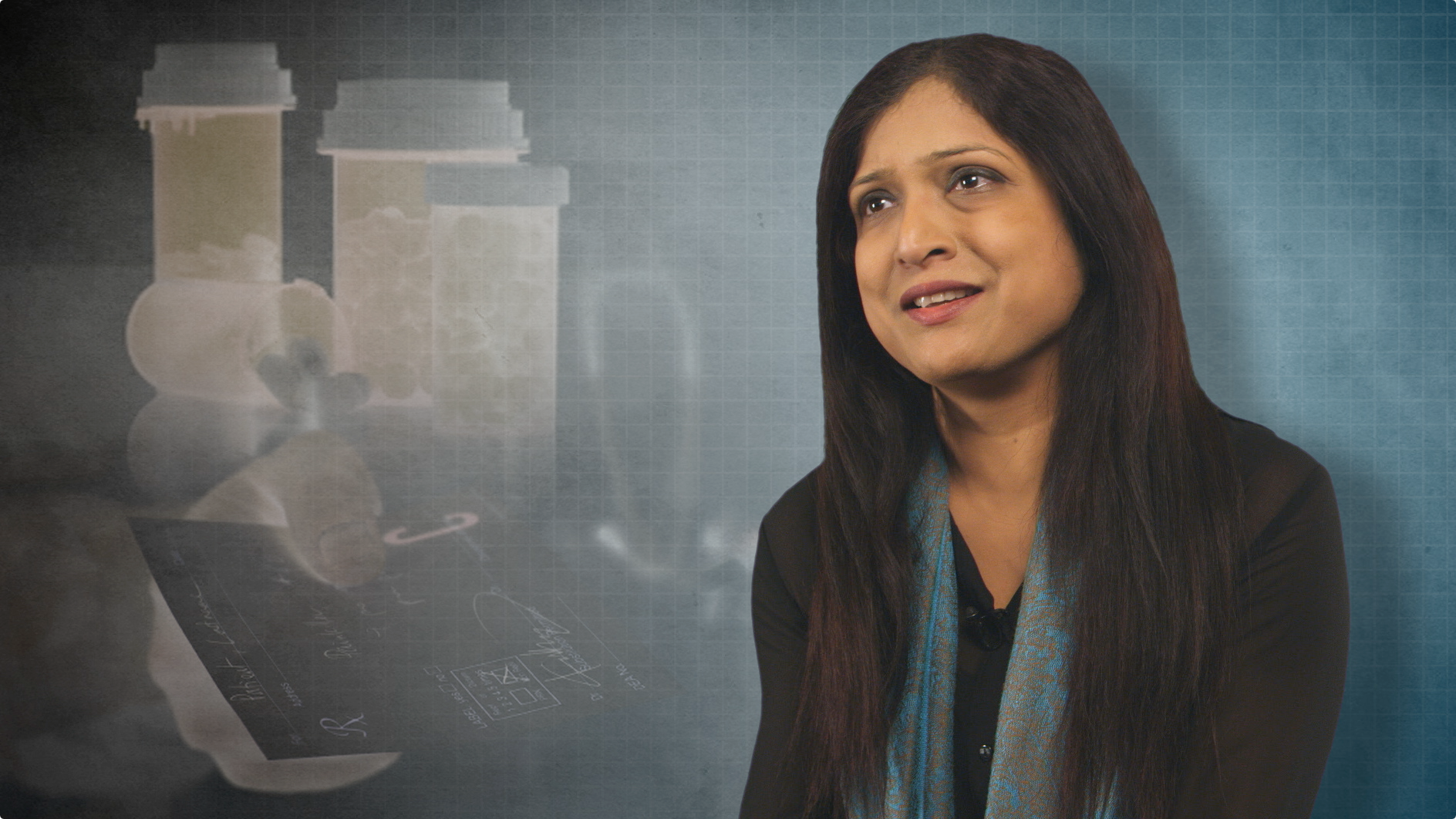NEW YORK (Reuters Health) – Given together, nortriptyline and gabapentin are more effective than either agent alone in treating neuropathic pain, according to a report in the September 30th online issue of The Lancet.
“Drugs for neuropathic pain have incomplete efficacy and dose-limiting side-effects when given as monotherapy,” Dr. Ian Gilron, from Queen’s University, Kingston, Canada, and colleagues note.
With this in mind, the researchers conducted a randomized cross-over study involving 56 patients with neuropathic pain. In a 1:1:1 fashion, patients received one of three sequences of daily oral gabapentin, nortriptyline, or a combination of the two, with each treatment period lasting 6 weeks. Drug doses were titrated towards the maximum tolerated dose.
Forty-seven patients who finished at least two of the three treatment periods were analyzed for their mean daily pain at their maximum tolerated dose, which was the primary outcome.
At baseline, the average daily pain score was 5.4 on a scale of 1 to 10. With gabapentin, nortriptyline, and both drugs, pain scores fell to 3.2, 2.9, and 2.3, respectively. Further analysis showed that combined treatment was significantly more effective than monotherapy with gabapentin (p = 0.001) or nortriptyline (p = 0.02).
The most common side effect at the maximum tolerated dose was dry mouth, seen more often when nortriptyline was given (p < 0.001). No serious adverse events occurred.
In a related editorial, Dr. Troels Staehelin Jensen and Dr. Nanna Brix Finnerup, from Aarhus University Hospital, Denmark, comment that the present study does not answer the question of whether a treatment effect must be established for each drug alone to know if the combination will work. “In clinical practice,” they add, “sequential treatment is most common, but in Gilron and colleagues’ study, drugs in combination were given simultaneously.”
Reference:
Lancet 2009.






